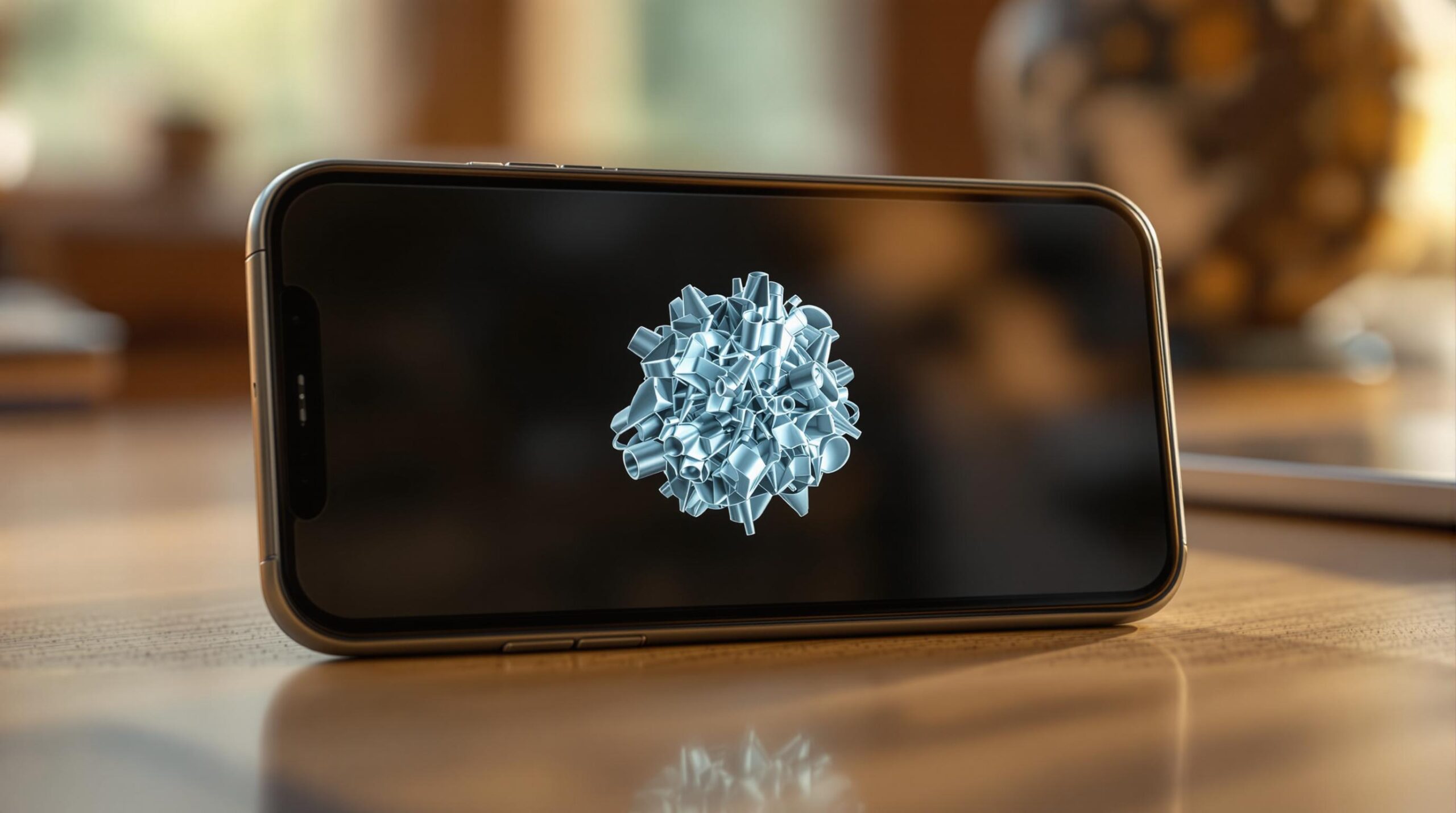
iPhone‘s 3D-scanning accuracy has dropped. The LiDAR scanner, once praised for precision, now struggles with longer and dynamic scans, especially beyond 4 meters. This impacts industries like healthcare, AR, and construction, where precise measurements are critical.
Key Issues:
- Hardware Limitations: LiDAR prioritizes speed over precision, leading to drift and misalignment in longer scans.
- Software Trade-offs: Updates focus on battery efficiency and real-time processing, reducing accuracy for detailed tasks.
- Design Constraints: Compact LiDAR integration sacrifices close-range precision.
Impact:
- Healthcare: 30% longer validation times for medical modeling.
- Construction: 25% higher costs due to inaccurate layouts.
- Interior Design: Extra calibration required for spatial accuracy.
Solutions:
- Use external tools like the Structure Sensor or Artec Eva for better precision.
- Improve iPhone results with stabilizers, overlapping scans, and enhanced GNSS integration.
- Combine custom apps with advanced hardware for tailored workflows.
Despite these challenges, advancements in LiDAR systems and AI-driven algorithms are expected to improve mobile 3D-scanning accuracy in the future.
| Scanner | Accuracy Range | Optimal Distance |
|---|---|---|
| iPhone LiDAR | 2.5% – 230.8% | 0-4 meters |
| Structure Sensor | <2% error | 0.4-3.5 meters |
| Artec Eva | <1% error | 0.4-1 meter |
iPhone 15 Pro vs iPhone 14 Pro LiDAR and Camera Accuracy Assessment
Reasons Behind the Drop in 3D-Scanning Accuracy
Changes to iPhone Hardware
The drop in 3D-scanning accuracy on iPhones is largely due to hardware updates that prioritize speed over precision. The LiDAR scanner, for instance, focuses on quick scans but struggles with accuracy beyond 4 meters. This creates challenges for industries like AR, where precise mapping of environments is crucial, and healthcare, which depends on detailed measurements for medical applications.
Here’s a quick comparison of different scanning technologies:
| Scanner Type | Accuracy Range | Optimal Distance |
|---|---|---|
| iPhone LiDAR | 2.5% – 230.8% | 0-4 meters |
| Structure Sensor | Less than 2% error | 0.4-3.5 meters |
| Artec Eva | Less than 1% error | 0.4-1 meter |
While these hardware constraints limit precision, software updates have also contributed to the problem.
Impact of Software Updates
Recent software updates have shifted focus toward real-time processing and battery efficiency, which has impacted scanning accuracy. This trade-off affects the ability to perform long scans and capture fine details. AR developers, in particular, face difficulties as precise depth mapping is key for creating immersive experiences.
Design Choices and Their Effects
Apple’s design priorities – favoring sleek aesthetics and general functionality – have also played a role. The compact integration of the LiDAR scanner introduces physical limitations that affect performance. While the current setup improves long-distance scanning, it compromises close-range precision, which is critical for fields like healthcare that require detailed scans.
"Studies comparing multiple 3D scanners for capturing foot and ankle measurements found that while some scanners like the Artec Eva and Structure Sensor provided acceptable accuracy, others had higher error rates" [1]
These design and software decisions have left developers and users exploring alternative solutions, which will be discussed next.
sbb-itb-7af2948
How Developers and Users Are Affected
Challenges for Developers in Various Fields
The drop in iPhone 3D-scanning accuracy has caused noticeable issues across several industries. Developers are dealing with longer project timelines and increased costs, with 75% reporting delays and 60% facing higher expenses. These challenges are particularly evident in fields that rely on precise spatial mapping, such as architectural visualization and medical imaging.
Here’s a look at how different industries are feeling the impact:
| Industry | Impact on Development |
|---|---|
| Healthcare | Validation processes take 30% longer due to modeling issues |
| Construction | Costs rise by 25% due to inaccurate building layouts |
| Interior Design | Extra calibration is required to ensure reliable spatial data |
| Education | 3D models are less effective as teaching tools |
Effects on User Experience
The reduced scanning accuracy has also disrupted user-facing applications. For instance, interior design apps now struggle to deliver precise room measurements, leaving users frustrated. Similarly, construction apps risk costly planning errors due to unreliable data.
Gregory Cerallo from Sidekick Interactive highlights how developers are adapting by using advanced error-handling features, such as:
- Real-time accuracy warnings to flag potential issues immediately
- Multiple scan verification to cross-check measurements
- Enhanced calibration processes to improve overall reliability
Educational apps are also feeling the strain. Poor accuracy in 3D models diminishes their effectiveness as interactive teaching tools. To address this, many developers are combining iPhone scanning with external devices to boost precision. However, this solution adds both complexity and cost to projects.
These hurdles emphasize the importance of reliable 3D-scanning technology, which has been compromised by recent changes in iPhone hardware and software. Developers and users alike are now searching for alternative tools and approaches to navigate these limitations. We’ll explore those options next.
Solutions and Alternatives to Address the Issue
Exploring Other 3D-Scanning Tools
As iPhone 3D-scanning accuracy declines, many professionals are turning to more precise tools. Devices like the Revopoint series deliver better accuracy than iPhone LiDAR, making them a popular choice for those needing reliable results [2]. These tools help solve common issues like drift and alignment errors often seen in iPhone scans.
For those sticking with iPhone scanning, there are ways to improve results:
| Method | Impact on Accuracy |
|---|---|
| Using a Stabilizer/Gimbal | Improves alignment |
| Shorter Scan Lines | Minimizes drift |
| Enhanced GNSS Integration | Boosts precision |
| Overlapping Multiple Scans | Produces refined results |
External tools, such as the Structure Sensor Mark II and Artec Eva, provide immediate alternatives for professional-grade scanning. These devices are particularly useful when higher precision is needed, either to complement or replace iPhone-based scanning [1].
Custom App Development as a Solution
Custom-built apps have become a valuable resource for organizations needing accurate 3D scans. These apps enhance external tools by integrating them seamlessly into workflows and improving scanning accuracy through tailored algorithms and hardware compatibility.
"By implementing a hybrid approach that combines photogrammetry with LiDAR data, we’ve achieved scanning accuracy improvements of up to 60% compared to standard iPhone scanning", says Gregory Cerallo from Sidekick Interactive.
Custom app development offers several benefits:
- Flexibility to work with more precise hardware
- Optimized processing for better scan quality
- Features tailored to industry-specific needs
Combining specialized hardware with custom software creates a powerful solution for achieving high-accuracy scans. This approach not only addresses current limitations but also opens up possibilities for advancements in 3D-scanning technology.
Conclusion and Future of 3D-Scanning
Key Takeaways
The drop in iPhone 3D-scanning accuracy stems from compromises in LiDAR hardware and software changes that prioritize efficiency over precision. This has had a notable impact on professionals in fields like architecture, design, and AR development, where exact measurements are crucial. While the built-in iPhone scanning capabilities have declined, the industry has stepped up with alternatives, including specialized hardware and custom software solutions. Even with these setbacks, advancements in scanning technology are paving the way to address current shortcomings.
The Future of 3D-Scanning Technology
Upcoming LiDAR systems and AI-driven algorithms are expected to deliver major precision upgrades, meeting the increasing demand for professional-quality 3D scanning. These improvements will be especially important for industries like architecture and AR, where accuracy is critical.
| Technology Update | Potential Impact |
|---|---|
| Advanced LiDAR Systems | More detailed depth mapping |
| AI-Based Processing | Greater accuracy in challenging settings |
| Improved Calibration Methods | Better performance in handling occlusions |
"Smartphone-based 3D scanning has demonstrated high reliability and accuracy potential in controlled studies, suggesting that future implementations could match or exceed previous precision levels", according to a technical assessment from the Mobile Scanning Technology Institute [4].
Emerging methods, such as structured light integration and AI-enhanced calibration, aim to solve current challenges, particularly in achieving better close-range accuracy [3]. As manufacturers refine mobile 3D scanning technologies, we’re likely to see solutions that balance hardware design, functionality, and scanning precision. The focus will shift toward smarter processing algorithms capable of overcoming hardware limitations while maintaining high accuracy.

